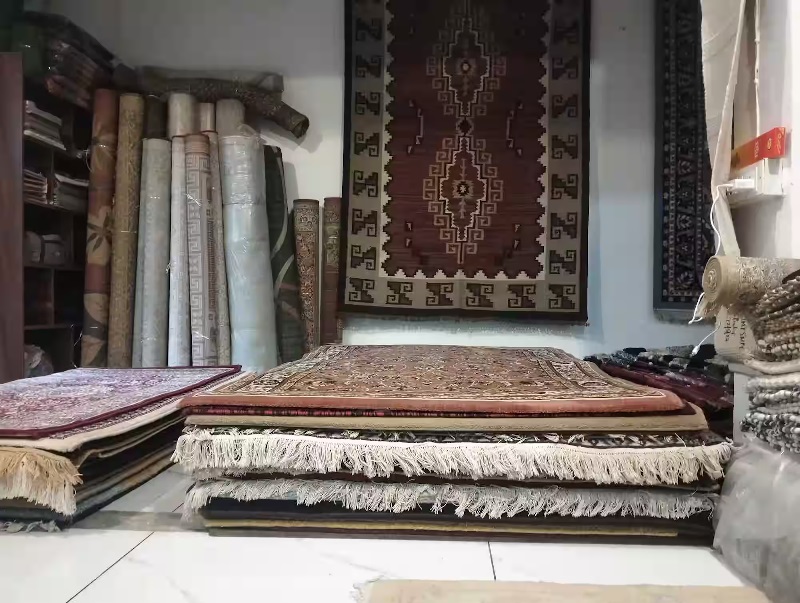Persian carpets, renowned for their intricate designs and luxurious textures, have long been prized as decorative elements in homes and offices. However, beyond their aesthetic appeal, Persian carpets play a significant role in enhancing interior acoustics. The unique properties of these handwoven masterpieces contribute to sound absorption and noise reduction, creating a more pleasant and acoustically balanced environment. Here’s a closer look at how Persian carpets impact interior acoustics.
Sound Absorption
One of the primary ways Persian carpets affect acoustics is through sound absorption. Hard surfaces like hardwood floors, tiles, and walls reflect sound waves, causing echoes and reverberations that can make a room noisy and uncomfortable. Persian carpets, with their dense and plush fibers, absorb sound waves rather than reflecting them. This absorption helps to dampen noise, reducing the overall sound level within a space. The thicker and more densely knotted the carpet, the greater its sound-absorbing capabilities.
Reducing Echo and Reverberation
Echoes and reverberations are common acoustic problems in large or sparsely furnished rooms. They occur when sound waves bounce off hard surfaces, creating a prolonged and often disruptive noise. Persian carpets can significantly mitigate these issues. By covering a substantial portion of the floor, these carpets break up sound waves and prevent them from bouncing around the room. This leads to a reduction in echo and reverberation, making conversations clearer and enhancing the overall acoustic quality of the space.
Enhancing Speech Intelligibility
In environments where clear communication is essential, such as offices, conference rooms, and homes, good acoustics are crucial. Persian carpets contribute to better speech intelligibility by absorbing background noise and minimizing sound reflections. This means that conversations can be carried out more easily and without the need to raise voices. In professional settings, this can improve productivity and reduce the strain on employees who need to communicate frequently.
Creating a Comfortable Acoustic Environment
Beyond functional benefits, Persian carpets contribute to creating a more comfortable and inviting acoustic environment. The soft, tactile nature of these carpets not only dampens noise but also adds a sense of warmth and coziness to a room. This can be particularly beneficial in residential settings where comfort and relaxation are priorities. In commercial spaces, the improved acoustic environment can make customers feel more at ease, enhancing their overall experience.
Versatility in Design and Placement
Persian carpets come in a wide range of sizes, designs, and colors, making them versatile tools for acoustic treatment. They can be strategically placed in various areas to address specific acoustic challenges. For example, in a large living room, a Persian carpet can be used to anchor the seating area and absorb sound in the central part of the room. In a hallway, a long runner can reduce footstep noise and prevent sound from traveling between rooms.
Complementing Other Acoustic Treatments
While Persian carpets are highly effective on their own, they can also complement other acoustic treatments. Combining carpets with curtains, upholstered furniture, and wall hangings can further enhance the acoustic properties of a room. This layered approach ensures that sound absorption is maximized, creating a well-balanced and acoustically pleasant environment.
Conclusion
The impact of Persian carpets on interior acoustics is profound and multifaceted. These beautiful and functional pieces not only enhance the aesthetic appeal of a space but also play a crucial role in managing sound. By absorbing noise, reducing echo and reverberation, and improving speech intelligibility, Persian carpets contribute to a more comfortable and acoustically balanced environment. Whether in a home, office, or public space, incorporating Persian carpets can lead to significant improvements in the overall acoustic quality, making them a valuable addition to any interior design.

